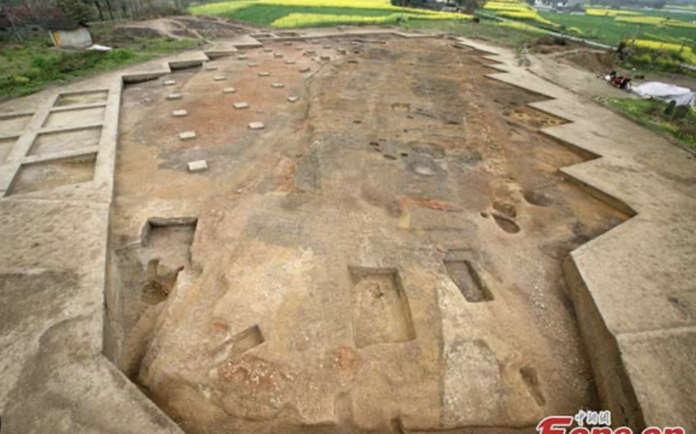CHENGDU, July 23 – Archaeological authorities have recently unveiled groundbreaking discoveries, including a jade and stone artifact “workshop” dating back over 3,400 years, at the legendary Sanxingdui Ruins site.
Discovered in the late 1920s in the city of Guanghan, southwest China’s Sichuan Province, the Sanxingdui Ruins have been dubbed as one of the world’s greatest archaeological finds of the 20th century.
The provincial cultural relics and archaeology research institute said on Tuesday that, since 2022, over 400 sites have been identified, including high-level building foundations, ash pits, ash ditches, and stone artifacts production and processing sites at Sanxingdui.
More than 4,000 artifacts, including pottery, jadeware and stoneware, have been unearthed.
To date, more than 60,000 cultural relics have been unearthed at Sanxingdui. The new Sanxingdui Museum has attracted over 5 million visitors from around the world since its opening nearly a year ago.
Among the notable new finds is a jade and stone artifact processing site, revealing the source of the previously discovered cultural relics there.
The newly found artifacts include raw jade and stone materials, waste materials, fragments and finished pieces, suggesting a relatively complete chain of handicrafts.
“The discovery of the workshop sheds light on several mysteries, such as the origins of the large quantities of jade and stone raw materials found at Sanxingdui, the techniques used in their crafting, the production processes, and the distribution methods involved,” said Ran Honglin, who is in charge of the archaeological work at Sanxingdui Ruins site, under the research institute.
















